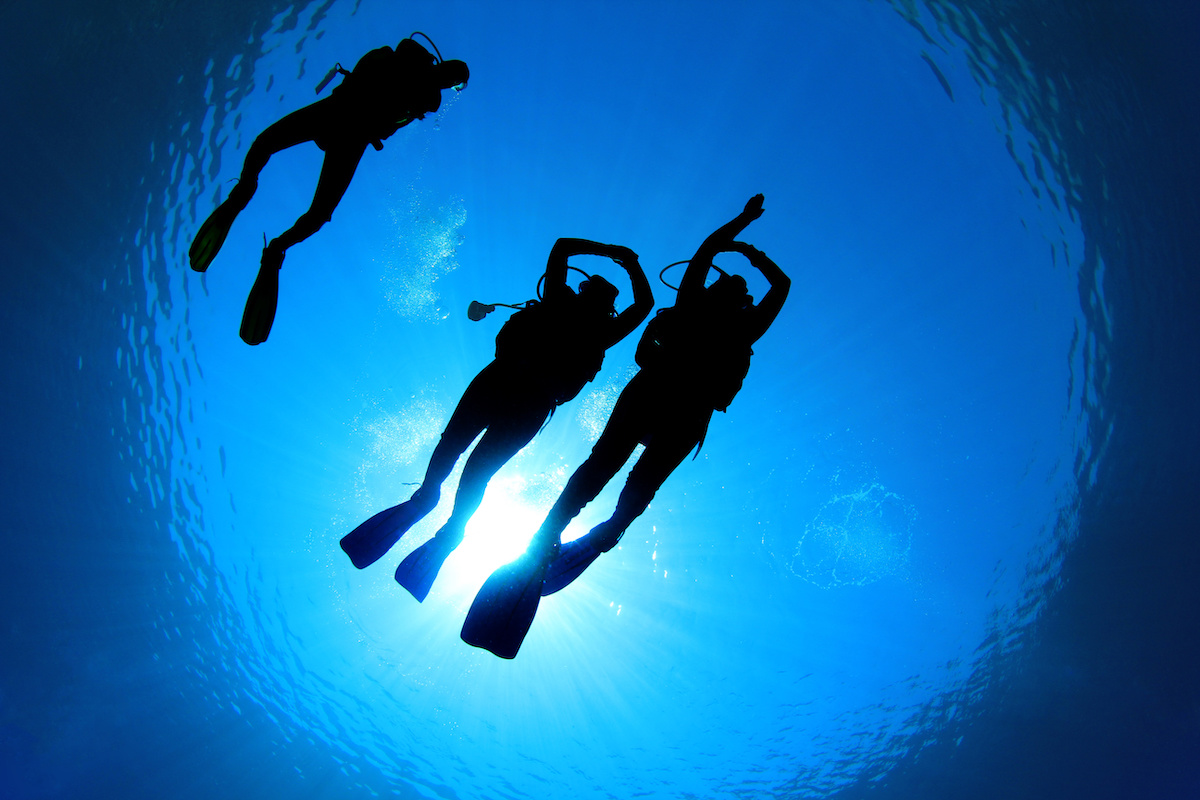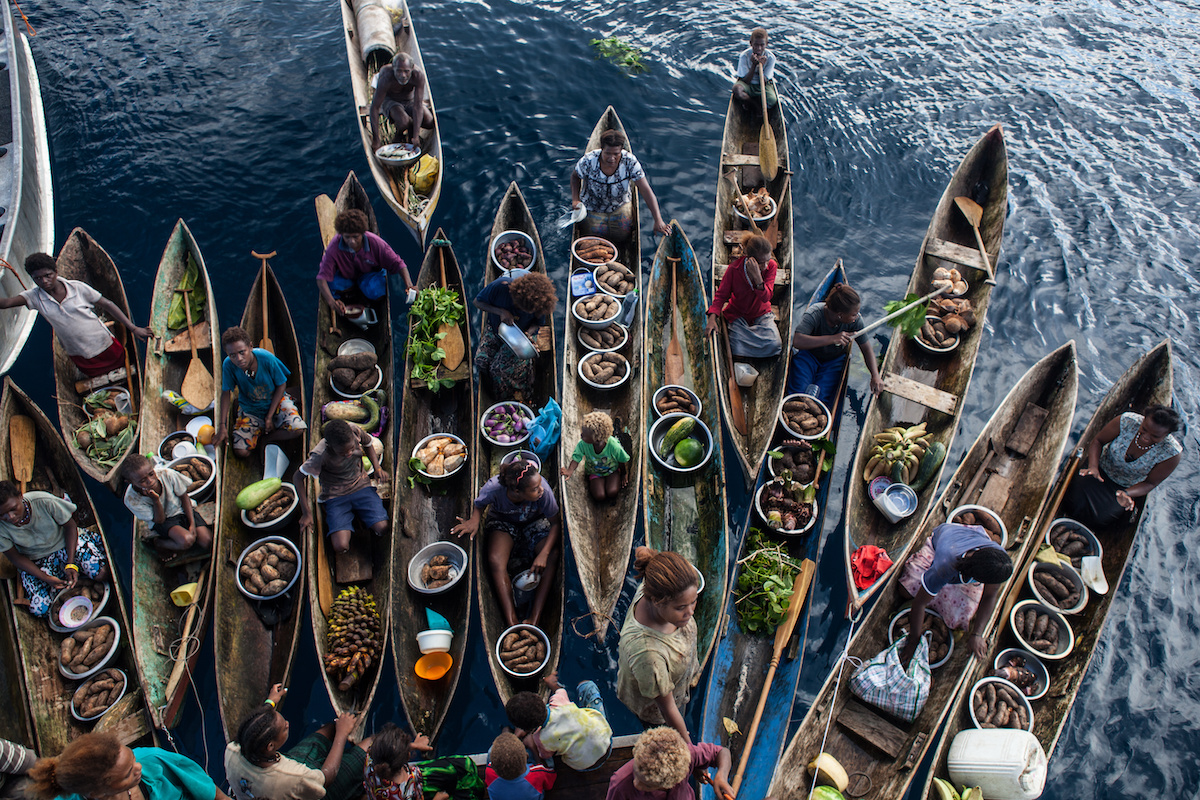The Times, a London-based British daily national newspaper, named the SS Thistlegorm as one of the world’s top 10 wreck diving sites.
Built in 1940 by Joseph Thompson & Son in Sunderland, England, SS Thistlegorm was a British armed merchant navy ship. The vessel was private, but partly funded by the British government and classified as an armed freighter. She was armed with an anti-aircraft gun of 4.7 inches (120 mm) and a heavy-caliber machine gun attached to the ship’s stern after construction. After her launch, the vessel made three successful trips. The first was to collect steel rails and parts of aircraft in the US, the second was for grain in Argentina, and the third was for rum in the West Indies. She had undergone repairs in Glasgow, Scotland before her fourth and final journey.

On 2 June 1941, she sailed from Glasgow on her fourth and final voyage, destined for Alexandria, Egypt. The cargo of the vessel included: Bedford trucks, Universal Carrier armored vehicles, Norton 16H and BSA motorcycles, Bren guns, ammunition cases and radio equipment, and 0.303 rifles. Also included was radio equipment, Wellington boots, aircraft parts, railway cars and two steam locomotives of the LMS Stanier Class 8F. These steam locomotives and their associated coal and water contracts were transported as deck cargo for the Egyptian National Railways. The rest of the cargo was for the Allied forces in Egypt.
In September, 1941, there was a large build-up of Allied troops in Egypt, and German intelligence (Abwehr) suspected there was a troop carrier in the area bringing in additional troops. In order to locate and destroy the troop carrier, two Heinkel aircraft were dispatched from Crete. This search failed, but one of the bombers found the vessels moored in Safe Anchorage F. Targeting the largest vessel, two bombs were dropped on the Thistlegorm, both of which hit hold #4 near the stern of the vessel at 0130 on October 6, 1941. The bomb and the explosion of some of the ammunition stored in hold 4 resulted in the Thistlegorm sinking with the loss of four sailors and five members of the gun crew of the Royal Navy.

Trucks, part of the cargo of the Thistlegorm :: Photo Credit Wikipedia
In the early 1950s, Jacques Cousteau discovered her using information from local fishermen. He brought up several wreck items including a motorcycle, the captain’s safety, and the ship’s bell. The wreck attracts many divers, including motorcycles, boots, armored vehicles, trucks and a steam locomotive, for the amount of cargo that can be seen and explored. Tuna, barracuda, batfish, moray eel, lionfish, stonefish, crocodilefish, scorpionfish and sea turtle are common interesting sealife around the wreck. The depth at its lowest of approximately 30 m (100 feet) is ideal for diving without the need for specialized equipment and training.
This is a definite “Bucket List Dive” for those divers that wish to see a part of WWII’s history.
MV Legends from Hurghade, Egypt offers dive safaris to visit a part of history for divers.






Leave A Comment